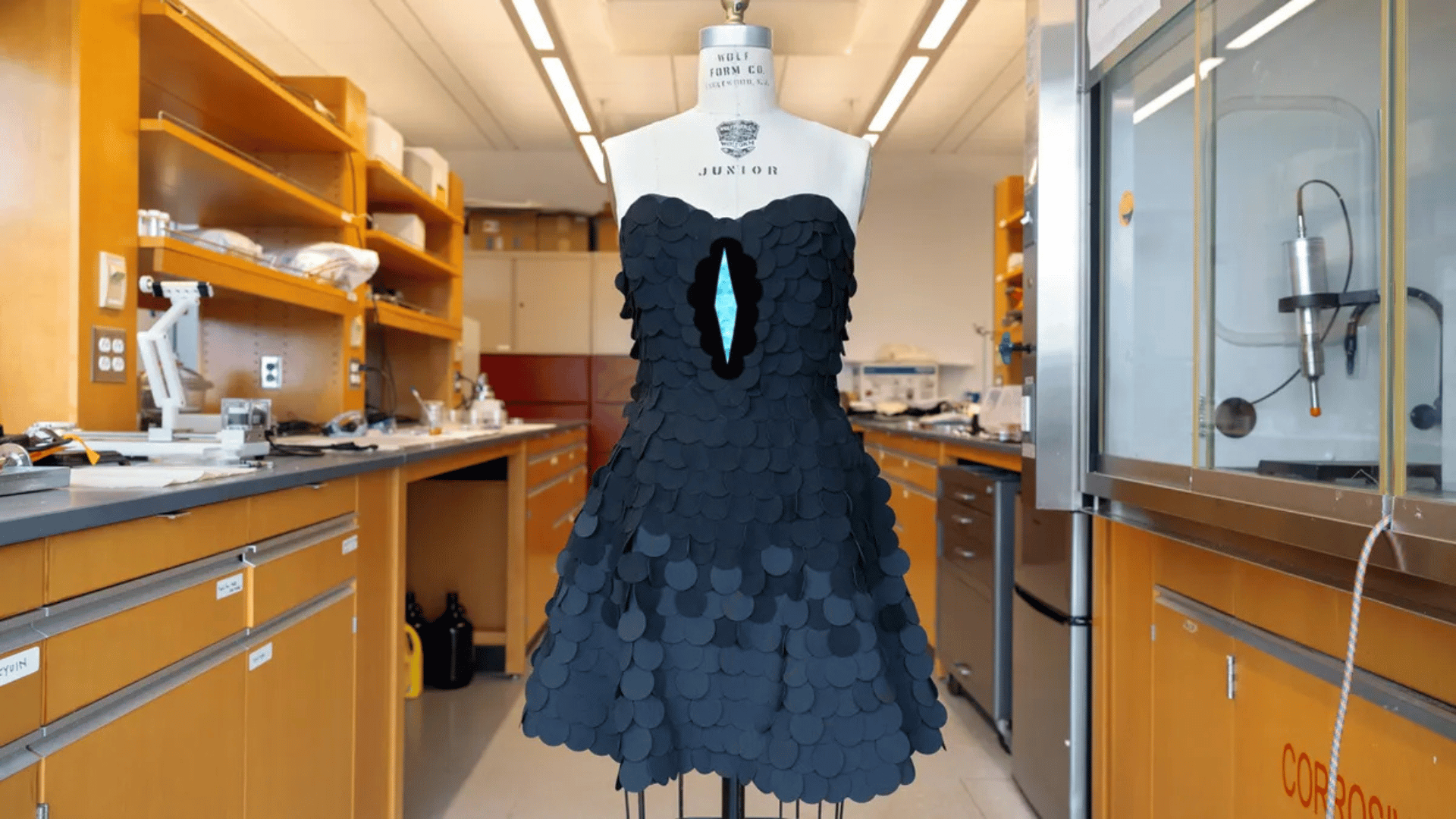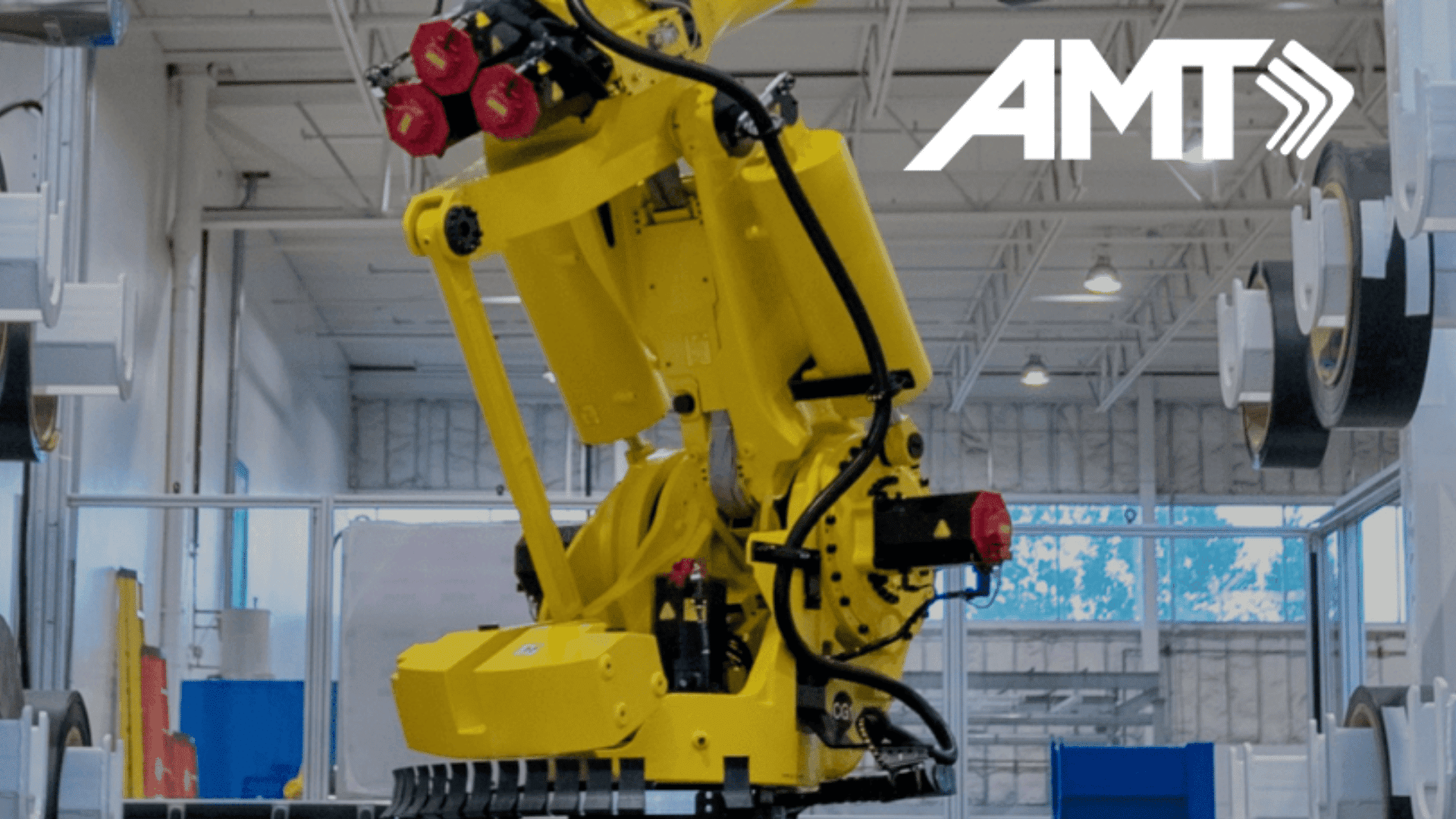A Finnish startup called Spinnova is using technology to manufacture sustainable natural fibers that resemble cotton or linen to meet the growing demands of the fashion industry.
Sustainable Fibers Made From Wood

The idea for Spinnova was inspired by spiderwebs when Juha Salmela, a cellulose expert from the Technical Research Center of Finland (VTT), attended an Oxford University conference in 2009. The presentation detailed the similarities between a spiderweb’s protein and nanocellulose, which led Salmela to wonder whether wood fiber could similarly be spun into textile fiber.
According to Interesting Engineering, Spinnova’s process begins with sourcing cellulose-rich raw materials like FSC-certified wood pulp. Instead of chemically dissolving the wood pulp, it’s mechanically refined into tiny fibrils suspended in water.
Mimicking the process by which spiders spin their webs, the firm’s mechanical process turns cellulosic raw materials into soft fibers that closely resemble cotton and linen. Global leaders like H&M, Adidas, and Bestseller have integrated SPINNOVA® fibers into their collections.
Spinnova has partnered with Siemens to empower the firm with data and technology to produce the process in a way that matches growing demands. The partnership has allowed Spinnova to utilize real-time factory floor data, use digital twin simulators to model and optimize production facilities, and combine control, safety, automation, and diagnostics in a single environment.
“In the beginning, the challenges were that the technologies for producing Spinnova fiber was basically non-existent. The most important thing was a strong collaboration. By working closely together, we were able to tackle the technology hurdles,” says Sanna Havisto, Information Solutions Manager at Spinnova.
“Siemens has helped us to develop the SPINNOVA® fiber process faster and reduce the time to market. They are able to scale as we scale our production from R&D to piloting and to production,” she continued.
Partnering with Siemens also provides sustainability to the process by tracking energy usage, identifying optimization opportunities, and supporting a low-emission production model.








